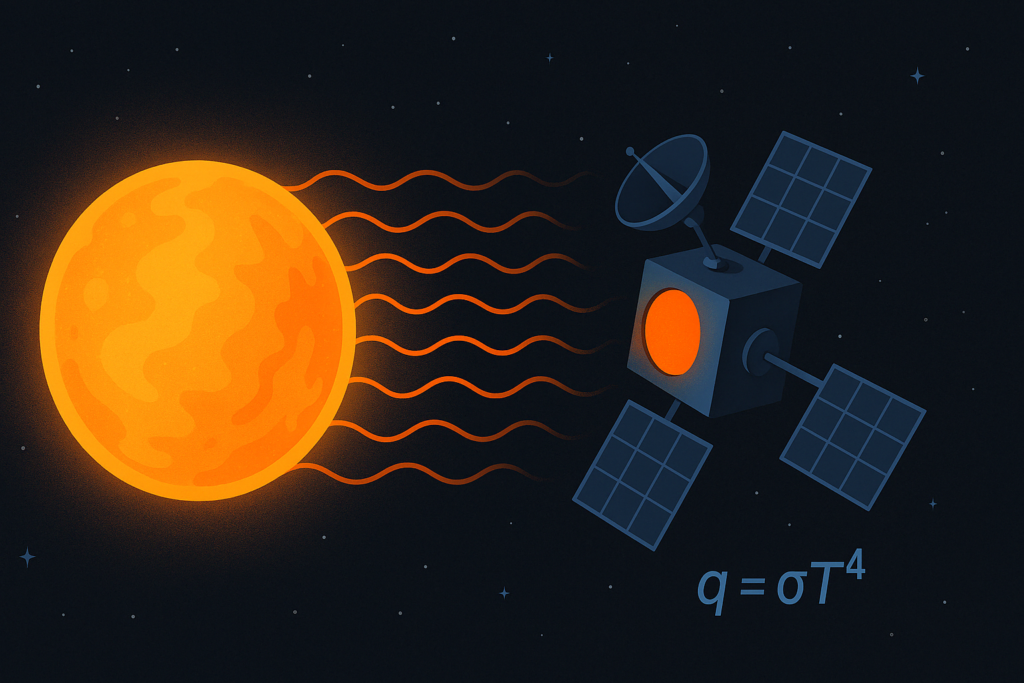Heat Transfer in Outer Space happens only through radiation! Discover how spacecraft stay cool (or hot) when conduction & convection don’t exist. ☀️🌌


Heat Transfer in Outer Space happens only through radiation! Discover how spacecraft stay cool (or hot) when conduction & convection don’t exist. ☀️🌌